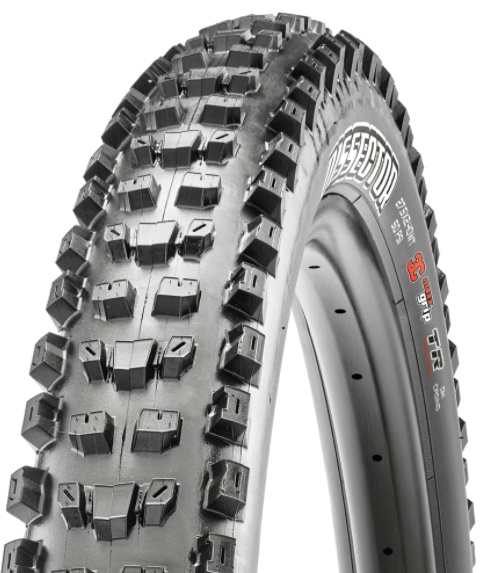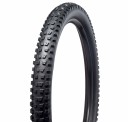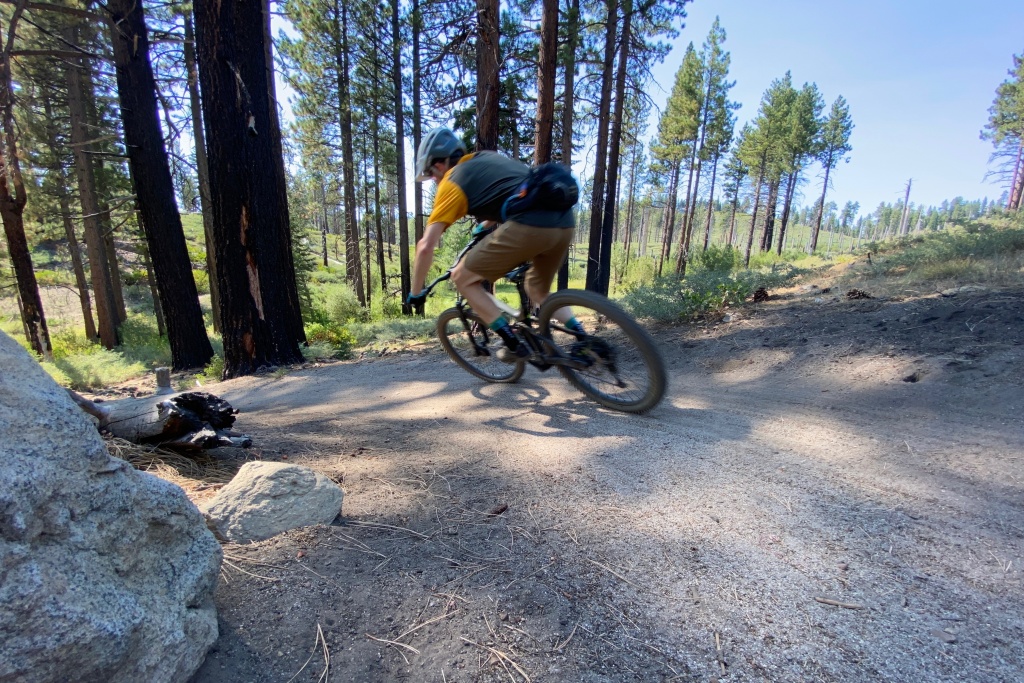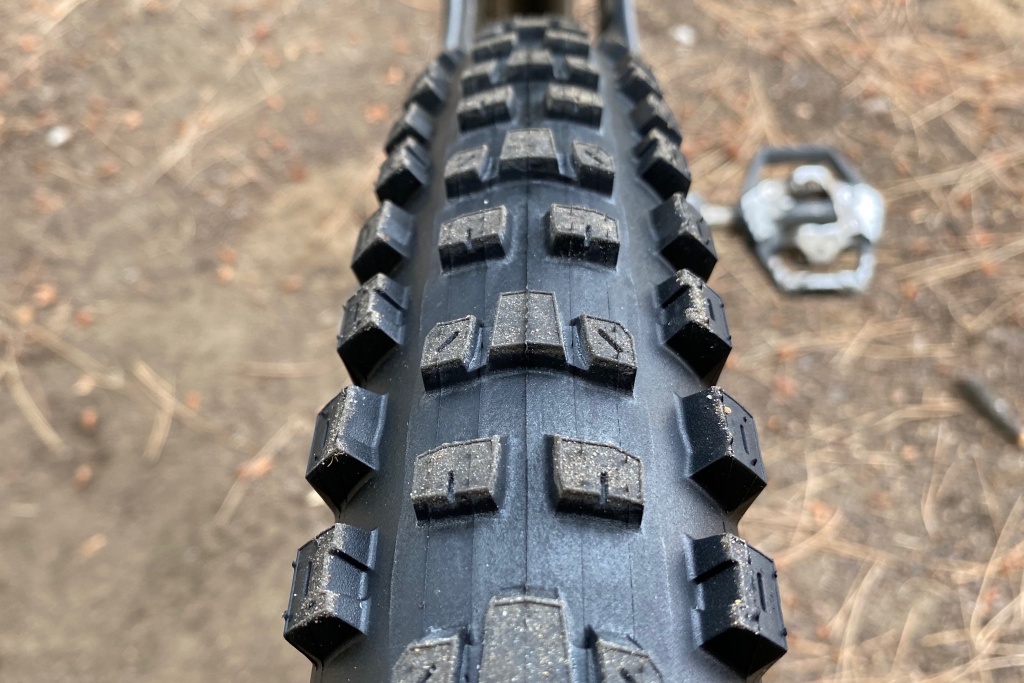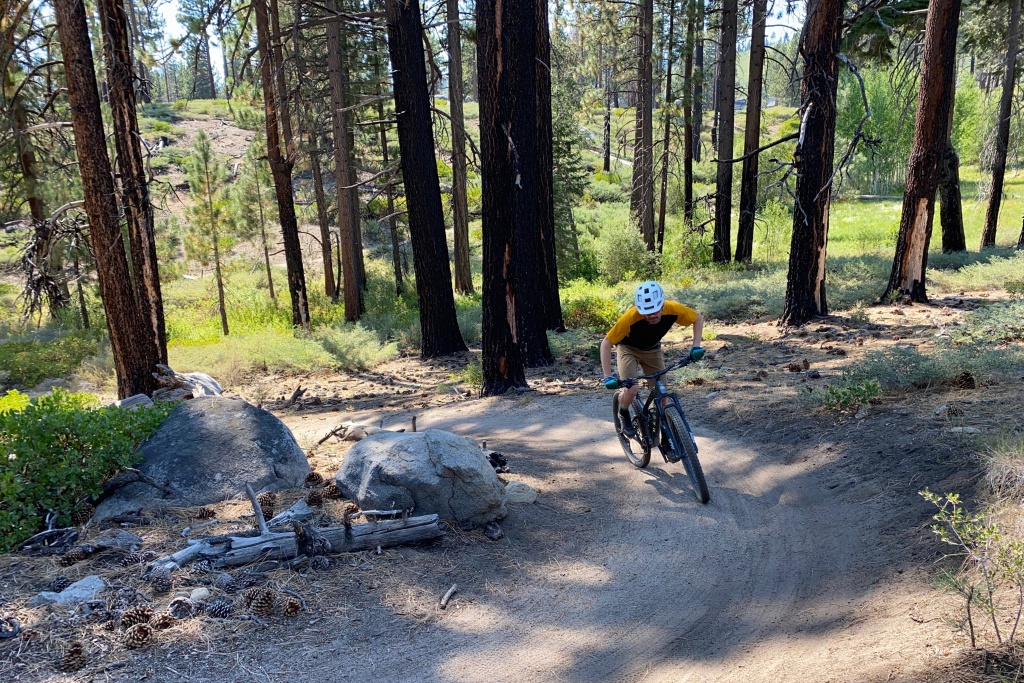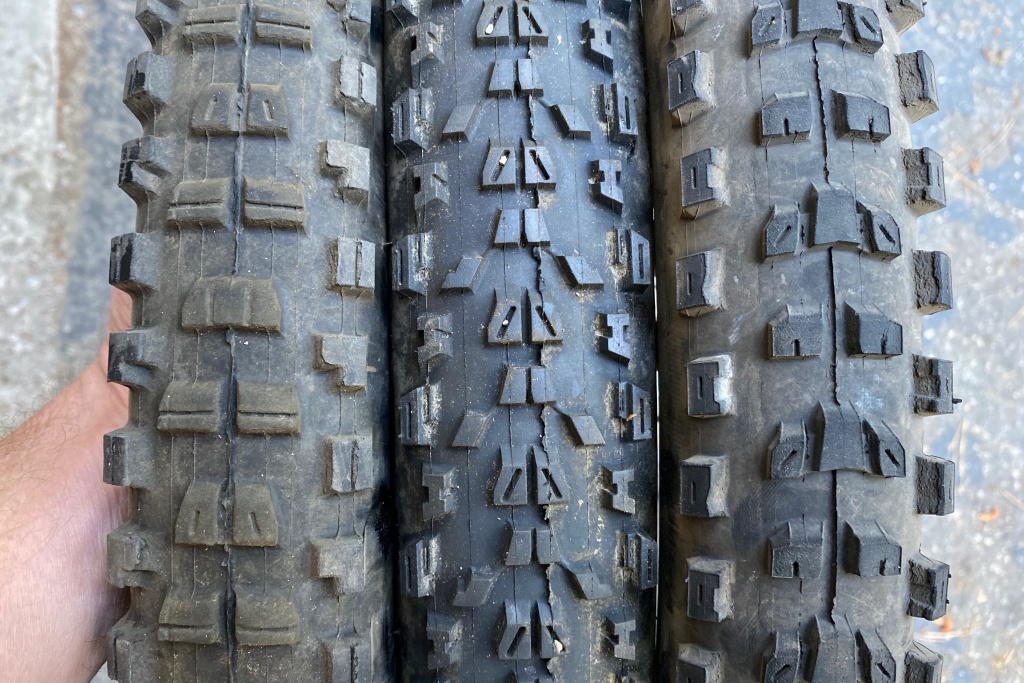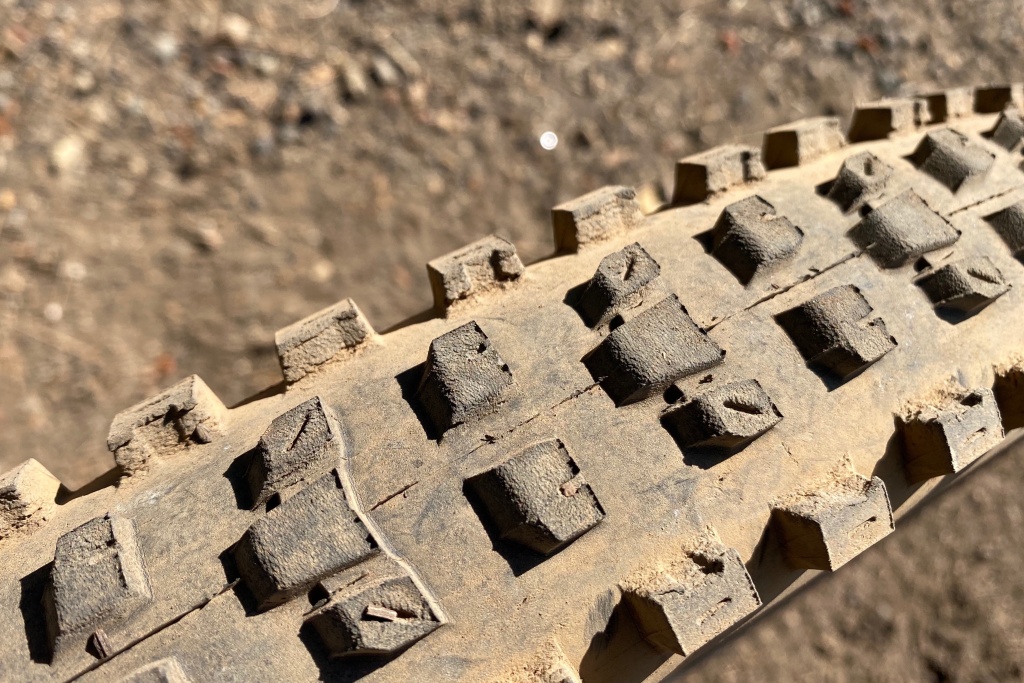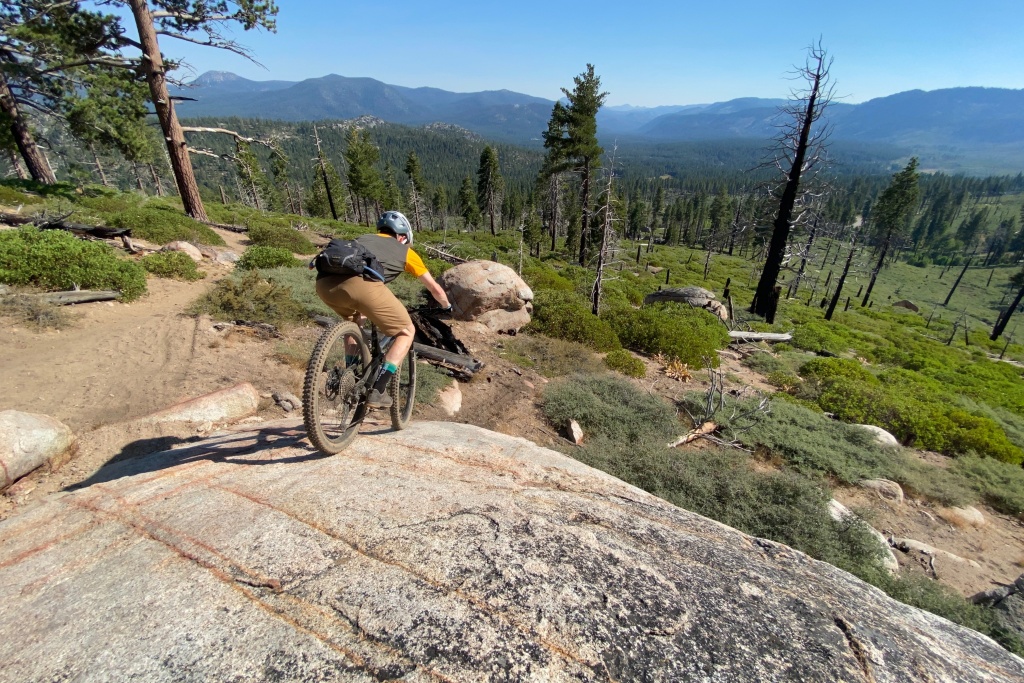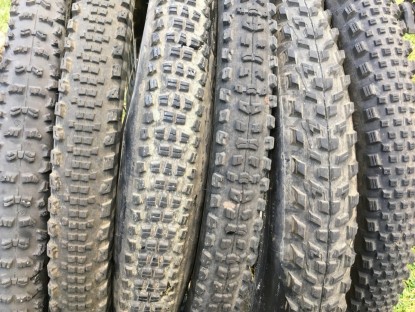Maxxis Dissector Review
Our Verdict
Compare to Similar Products
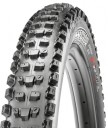 This Product
Maxxis Dissector | |||||
|---|---|---|---|---|---|
| Awards | |||||
| Price | $66.04 at Amazon Compare at 4 sellers | $61.50 at Evo Compare at 4 sellers | $70 List Check Price at Backcountry | $49.99 at Evo Compare at 4 sellers | $70 List Check Price at Backcountry |
Overall Score  |
|||||
| Star Rating | |||||
| Bottom Line | Another in a growing list of excellent tires from Maxxis | Step up your game and start leaving your friends in the dust | Same great value, but improved grip and performance with a new rubber compound | A killer rear tire that does it all well | A versatile semi-aggressive rear tire with well-rounded performance and a reasonable price |
| Rating Categories | Maxxis Dissector | Maxxis Minion DHF 3... | Specialized Butcher... | Maxxis Aggressor 2.... | Specialized Elimina... |
| Cornering (25%) | |||||
| Pedaling Traction (20%) | |||||
| Braking Traction (20%) | |||||
| Rolling Resistance (15%) | |||||
| Longevity (15%) | |||||
| Installation (5%) | |||||
| Specs | Maxxis Dissector | Maxxis Minion DHF 3... | Specialized Butcher... | Maxxis Aggressor 2.... | Specialized Elimina... |
| Size tested | 29" x 2.4" | 29" x 2.5" WT | 29" x 2.6" | 29" x 2.5" WT | 29" x 2.3" |
| Weight as tested | 906g | 954g | 1123g | 950g | 945g |
| Front, Rear, or Both | Rear, Both | Front, Both | Front, Both | Rear | Rear |
| Casing Tested | EXO | EXO | GRID Trail | EXO | GRID Trail |
| Compound Tested | 3C Maxx Terra | 3C Maxx Terra | Gripton T9 | Dual | Gripton T7 |
| Bead | Folding | Folding | Folding | Folding | Folding |
| Tread Count (TPI) | 60 | 60 | 60 | 60 | 60 |
Our Analysis and Test Results
The Maxxis Dissector was designed with input from World Cup downhill racer, Troy Brosnan. Maxxis claims that it "shines in dry, loose trail conditions", and we would have to agree. We found the Dissector to be a great versatile tire that we preferred on the rear of the bike where its fast-rolling center tread and predictable cornering traction were most beneficial. We found that it sacrifices a bit of braking traction in exchange for its rolling speed, but it worked impressively well for everyday trail riding.
Performance Comparison
Cornering
The Dissector provides predictable and confidence-inspiring performance in the corners as we've come to expect from Maxxis. We tested it primarily as a rear tire with something more aggressive in the front, although it works relatively well as a front tire too. The classic row of Maxxis side knobs grip well when engaged and communicate the edge of control nicely.
At first glance, the cornering knobs on the Dissector look reminiscent of those found on several of their other tires. The rectangular knobs are alternating with a C-shaped knob placed slightly inboard and another with a slight groove cut in it slightly further out. All of the side knobs have a small sipe cut lengthwise in the center. The 3C MaxxTerra compound we tested features softer rubber on the side knobs for enhanced grip that sits on top of a firmer compound for added support. While they aren't the tallest or burliest side knobs we've seen, they feel well supported and don't fold when you really push on them in corners. Despite a small gap in the intermediate zone between the center tread and side knobs, we found the transition to the edge to feel relatively smooth and it didn't require aggressive lean angles to appreciate it, but really leaning the bike over was also rewarded with consistent and predictable grip. Due to the slightly lower profile of the tread height, we found them to work best in firm, medium-loose, and loose over hard conditions. When it got really loose, we found them to loose grip a little sooner than more aggressive options, and this tire was a little more prone to drifting.
The EXO casing we tested is the lightest that the Dissector is offered in. For everyday trail riding, we found it to provide adequate support and a nice supple feel that really allowed it to conform to the ground. Super aggressive riders might find it to feel a little too flimsy, but thankfully the Dissector is offered in the burlier EXO+ and DH casings as well.
Pedal Traction
When used as a rear tire, we found the Dissector to provide great climbing traction in firm and medium-loose conditions. Despite its relatively fast-rolling, moderate height center tread, it hooked up on all but the loosest of surfaces.
While testing in the late summer in the Lake Tahoe area, the conditions ranged from hardpack to super loose decomposing granite/sandy soils. For the most part, the Dissector clawed its way up just about anything we tried to ride up, including granite slabs, roots, and chunky technical sections. When it got super loose, it was a little more prone to spinning out than tires with taller, more aggressive treads, but only marginally so. The slight reduction in traction in those situations was a tradeoff we were typically willing to make for this tire's reduction in rolling resistance.
Braking Traction
We found the Dissector to have good predictable braking traction, though it can't quite compete with more aggressive tread patterns. The knobs are moderate height, and we found it to work best in firm to medium-loose conditions.
The moderately aggressive tread pattern has braking edges that are sharp and perpendicular to the direction of travel. The moderate tread height is the real limiting factor in this tire's braking performance. They work well in the right conditions, but if steep, loose, and aggressive riding is your thing, you'll probably still want to go with a tire with taller tread knobs, like a Maxxis DHR II. The Dissector brakes well to a point, but they are a bit prone to breaking loose into a skid when conditions get super loose.
Rolling Resistance
We were very impressed by the rolling speed offered by the Dissector.
The lower profile center tread is relatively smooth with ramped leading edges, and this tire breezes along the flats and carries speed impressively well. Our test tire also weighed in at just 906-grams, certainly not heavy for a tire in a 29" x 2.4" size. It looks to us like Maxxis has blended the best characteristics of two of their most popular tires, the Ardent and the DHR II, creating a new model that combines the best attributes of both.
The lack of rolling resistance was especially noticeable on firm conditions, fire roads, and pavement climbs. This tire rolls quietly and it feels smooth on the surface. Its relatively tightly spaced and moderate height center tread with ramped leading edges make it a fast roller, although it does sacrifice a bit of braking traction as a result. Those seeking efficiency will likely be ok with that tradeoff, however. While we wouldn't recommend it for the true cross-country crowd, we would definitely recommend the Dissector to trail riders seeking to reduce rolling resistance compared to more aggressive options.
Longevity
The Dissector is available in both the 3C MaxxGrip and the 3C MaxxTerra rubber compounds, as well as the EXO, EXO+, and DH casings. We tested the 3C MaxxTerra with the EXO casing, which is the longer lasting rubber and a lighter tread casing for everyday trail riding. While far from the beefiest casing construction, the EXO served us well throughout our test period with no pinch flats, punctures, or tears despite numerous poor line choices and rim-outs. After about a week of hard riding, we began to notice a little sealant seeping through the sidewall, although this is relatively common with Maxxis EXO tires, and doesn't seem to have a negative impact on performance.
After around 5 days of riding, we began to notice some serious pitting and erosion of the cornering knobs. Of course, this type of wear is inevitable on any tire, especially a rear tire, but this seemed a bit premature, especially for the MaxxTerra rubber compound. We kept riding it for another couple of weeks, and by the time we swapped it out for another test tire, it was pretty much smoked. The center tread knobs held up reasonably well, but the side knobs were very worn. Granted, our tester had put 300+ miles of riding on it, but we were still less than impressed with this tire's lifespan.
Installation
The Dissector was quite easy to install. This tire went on the rim easily by hand without the need to use even a single tire lever. Once it was on the rim, we were able to inflate it with a standard floor pump. Some tires can be a hassle to install, but the Dissector was cooperative as could be.
Value
We feel that the Dissector is a relatively average value. They fall right around the median price of mountain bike tires we've tested, and you can almost always find them on sale through various online retailers. While we loved the all-around performance of this tire, we found the side knobs to wear a little faster than most. If you ride every day, you may find these tires to wear out relatively quickly, which could get expensive over the course of a season of riding.
Conclusion
The Dissector is an excellent new tire from Maxxis. It blends confident and predictable cornering traction and low rolling resistance to make a versatile all-around trail riding tire that works well in a huge range of conditions. It can be used front or rear, but we'd recommend it as a rear tire paired with something a little more substantial in the front. It sacrifices a little in the braking traction department compared to more aggressive tread designs, a trade-off for its otherwise stellar performance.
Other Versions
The Dissector is available in 27-5inch and 29-inch (tested) widths. In both wheel sizes, it is available in the 3C Maxx Terra and 3C Maxx Grip rubber compounds in EXO, EXO+ and DH casings in 2.4-inch and 2.6-inch widths.


